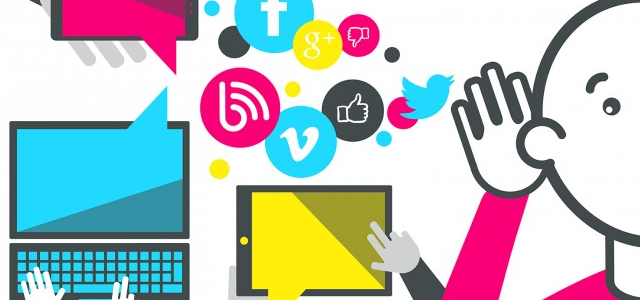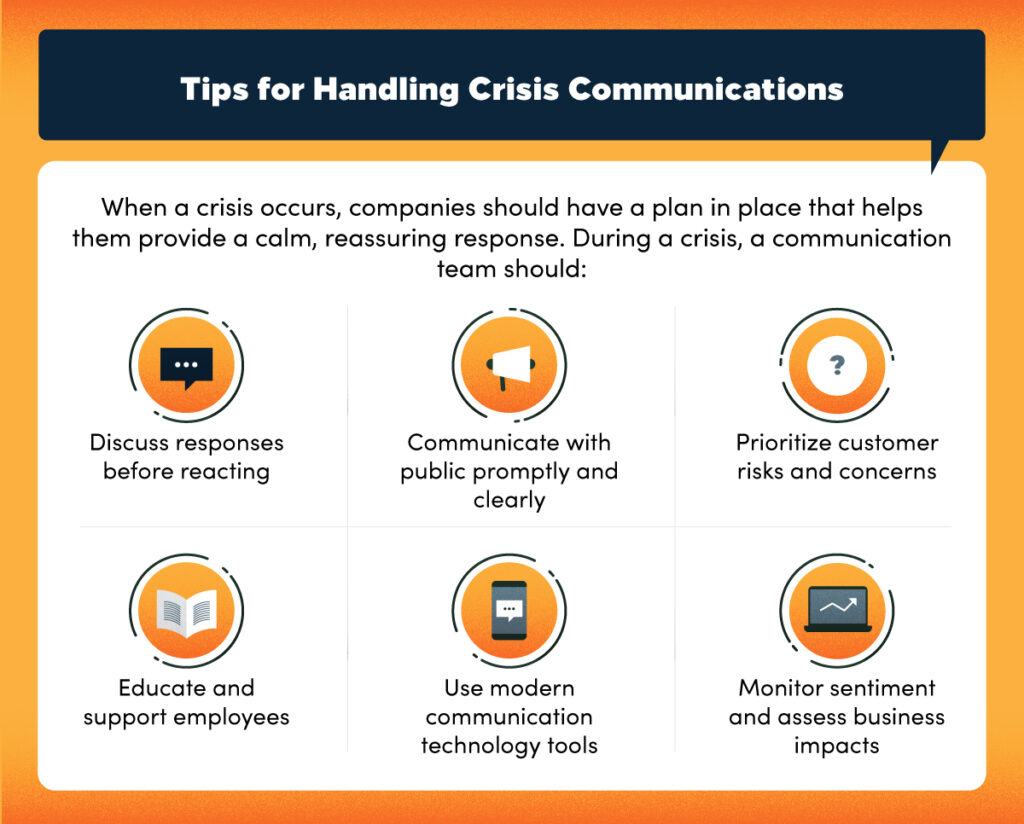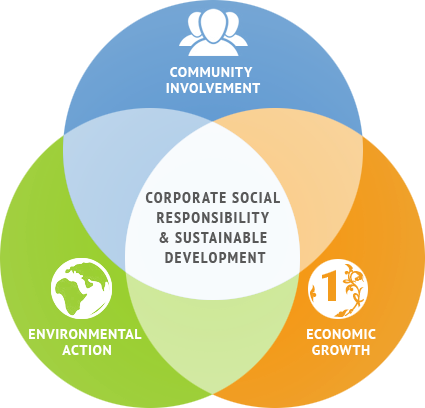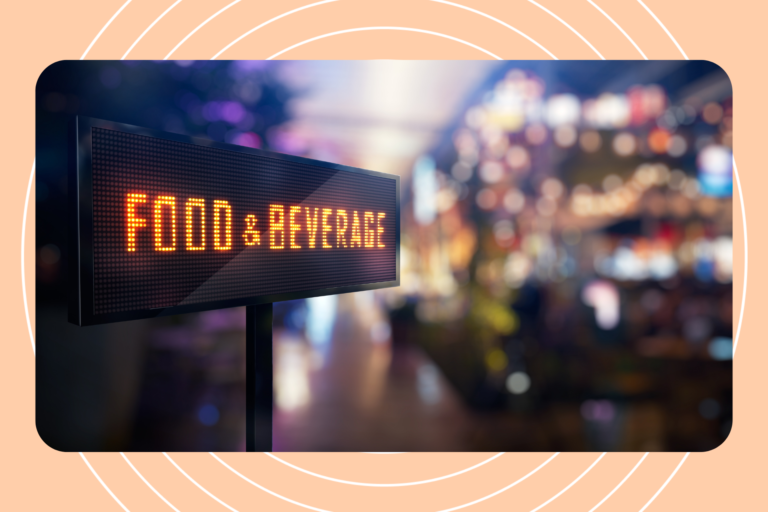By “Charlotte Leung, Contributor” on May 5, 2023
The future of communication in the Public Relations (PR) industry is expected to undergo significant transformations due to advances in technology, changing media landscapes and evolving consumer behaviour. With the continuous growth of digital platforms, PR professionals will need to adopt a multi-channel approach to engage with audiences across various platforms, including social media, blogs, podcasts, and emerging technologies with virtual and augmented reality.
This blog is going to point out 6 key trends that will shape the future of PR communication.
1. Data-driven strategies
Data-driven strategies are essential for modern public relations (PR) professionals as they help optimize communication efforts, enhance audience targeting and achieve better ROI. PR professionals will increasingly rely on data analytics to track, measure and analyze campaign performance. By leveraging data-driven strategies in PR, professionals can make more informed decisions, optimize their communication efforts, and achieve better results for their clients through more targeted and personalized communication strategies.
Ways to leverage data-driven strategies in PR:
a) Audience insights: Collect and analyze demographic and psychographic data to better understand the target audience, craft more personalized and relevant messages that resonate with your audience and improve engagement and conversion rates.
b) Media monitoring: Utilize data analytics tools to track and monitor media coverage and social media conversations about your brand or client. This will gauge public sentiment, identify trends and uncover potential PR opportunities or issues that require immediate attention.
c) Sentiment analysis: Analyze the tone and sentiment of media coverage and social media conversations to understand how the public perceives the brand or client. This capitalizes on positive coverage to enhance PR strategy.
d) Content performance analysis: Measure the performance of the PR content like press releases, blog posts and social media updates using metrics such as reach, engagement and conversion rates. This helps identify which content types resonate most with your audience and adjust your strategy accordingly.
e) Competitor analysis: Monitor and analyze competitors’ PR activities to identify gaps, opportunities and potential threats. This information will help refine PR strategy and stay ahead of the competition.
f) Predictive analytics: Leverage AI and machine learning algorithms to predict future trends, potential crises and consumer behaviour. This will allow the planning of more proactive and agile PR campaigns that are better aligned with the changing media landscape and audience preferences.
g) Campaign evaluation: Use data analytics to measure the success of your PR campaigns and identify areas for improvement. This help makes data-driven decisions about future PR strategies, ensuring efforts are aligned with overall business objectives.
h) SEO integration: Integrate data-driven SEO strategies into PR efforts to improve online visibility and reach. Analyze keyword trends, backlinks, and other SEO metrics to optimize your content and drive more organic traffic to your website.
2. Artificial intelligence (AI) and machine learning:
The integration of artificial intelligence (AI), machine learning and big data analytics will transform the way PR professionals work, from automating routine tasks to enhancing the effectiveness of PR campaigns through predictive analysis and sentiment analysis. These technologies will automate various PR tasks, such as media monitoring, sentiment analysis and content creation, allowing professionals to work more efficiently and make data-driven decisions. AI will allow PR professionals to predict trends, identify potential crises and make more informed decisions about their communication strategies. By embracing these technologies, PR professionals can stay ahead of the curve and remain competitive in an ever-evolving industry.
Ways AI and machine learning can benefit the PR industry:
a) Media monitoring: AI-powered tools can help PR professionals monitor and analyze media coverage, social media conversations and other digital content in real-time. This enables identifying trends, uncovering potential PR opportunities or issues and gauging public sentiment more effectively.
b) Sentiment analysis: Machine learning algorithms can analyze vast amounts of text data to determine the tone and sentiment of media coverage and social media conversations. This information can help PR professionals understand how brands or clients are perceived and respond accordingly.
c) Predictive analytics: AI and machine learning can be used to predict future trends, consumer behaviour and potential crises. This allows PR professionals to plan proactive and agile campaigns that are better aligned with the changing media landscape and audience preferences.
d) Content creation: AI-powered tools like natural language generation (NLG) can help PR professionals create content, such as press releases, social media updates and blog posts more efficiently. These tools can generate content drafts based on specific input parameters, allowing professionals to focus on refining the message and ensuring accuracy.
e) Audience targeting: AI and machine learning can analyze demographic and psychographic data to better understand target audiences and their preferences. This information can create more personalized and relevant PR messages that resonate with specific audience segments.
f) Influencer identification: AI-powered tools can help PR professionals identify the most relevant and influential people within their industry or target audience. By collaborating with these influencers, PR professionals can amplify their campaigns, improve credibility and reach new audience segments.
g) Crisis management: AI and machine learning can help PR professionals detect potential crises by analyzing patterns and anomalies in data. This addresses issues before they escalate and manage their clients’ reputations more effectively.
h) Campaign evaluation: AI-powered analytics tools can help PR professionals measure the success of their campaigns and identify areas for improvement. This data-driven approach allows better decisions about future PR strategies and optimizes their efforts for maximum impact.
i) Chatbots and virtual assistants: AI-powered chatbots and virtual assistants can help PR professionals automate routine tasks, such as answering frequently asked questions, scheduling appointments and managing event registrations. This frees up time for PR professionals to focus on more strategic tasks.
j) Personalized content distribution: AI can be used to analyze user behaviour and preferences to deliver personalized content recommendations across various platforms. This helps PR professionals ensure their content reaches the right audience at the right time.
3. Virtual and augmented reality
VR and AR will enable PR professionals to create more immersive and interactive experiences for their audiences. These emerging technologies will revolutionize public relations (PR) by creating immersive and interactive experiences for audiences in product launches, press events and other PR-related activities.
a) Product launches and demos: VR and AR can provide immersive product demonstrations, allowing audiences to interact with and experience a product in a virtual environment. This can help generate buzz and excitement around a product launch, ultimately driving sales and brand awareness.
b) Press events and conferences: PR professionals can use VR and AR to create engaging virtual press events and conferences, enabling journalists and influencers to attend remotely. This saves time and resources while providing an interactive experience to effectively showcase the brand or product.
c) Virtual tours: VR and AR can create virtual tours of facilities, offices, or other locations, allowing audiences to explore and interact with a brand’s environment, especially in real estate, tourism and hospitality.
d) Storytelling and content creation: VR and AR can enhance storytelling by creating immersive narratives that engage audiences on a deeper level. PR professionals can use these technologies to produce compelling content that showcases their brand or client uniquely and memorably.
e) Experiential marketing: VR and AR can be used to create unique and engaging marketing experiences that resonate with audiences. This can help PR professionals generate buzz around a brand or campaign, driving increased media coverage and word-of-mouth referrals.
f) Live events and activations: VR and AR can be used to enhance live events and activations, providing attendees with immersive and interactive experiences. This can help create memorable moments that drive brand awareness and loyalty.
4. Crisis management and real-time communication
The rise of social media has increased the need for PR professionals to manage crises and communicate in real-time effectively. This will require the development of more agile communication strategies and the ability to react quickly to unexpected events. The rapid pace of information sharing and the power of social media can amplify issues and impact brand reputation in a matter of minutes. By focusing on crisis management and real-time communication, PR professionals can navigate the challenges of an ever-evolving media landscape and protect their clients’ brand reputation in the face of unexpected events.
Ways PR professionals can prepare for and address crisis management and real-time communication in the future:
a) Proactive monitoring and early detection: Use AI-powered tools and data analytics to monitor media coverage, social media conversations and other digital content in real-time. This enables PR professionals to identify potential issues or crises early and address them proactively before they escalate.
b) Real-time response: Develop a plan for real-time communication during a crisis, including designated spokespeople, pre-approved messaging and a streamlined approval process. This will enable the team to respond quickly and effectively to emerging situations and mitigate any potential damage to your brand reputation.
c) Agility and adaptability: In a rapidly changing media landscape, PR professionals need to be agile and adaptable to respond to crises effectively. This may involve adjusting communication strategies, utilizing new channels and technologies, and staying abreast of industry trends and best practices.
d) Employee training and preparedness: Provide regular crisis management training and resources to your employees, ensuring they’re prepared to respond to a crisis effectively. This may include role-playing exercises, media training and scenario planning.
e) Develop a crisis management plan: Create a comprehensive crisis management plan that outlines your organization’s approach to identifying, assessing and addressing potential crises. This should include key roles and responsibilities, communication protocols and a timeline for response.
5. Sustainability and social responsibility
With growing consumer demand for sustainable and socially responsible practices, PR professionals must help organizations effectively communicate their commitments and initiatives to address environmental and social issues. PR professionals must address these issues effectively to maintain and enhance their clients’ reputations.
Reasons why sustainability and social responsibility are critical in the future of PR:
a) Evolving public expectations: As global concerns about climate change, resource depletion and social inequalities grow, the public expects organizations to take action and demonstrate their commitment to sustainability and social responsibility.
b) Strengthening reputation and brand image: Organizations that proactively address sustainability and social responsibility are often perceived as more ethical, responsible and trustworthy. Emphasizing these values in PR strategies can help enhance a company’s reputation and brand image.
c) Mitigating risks: Failing to address sustainability and social responsibility can lead to negative publicity, legal issues and financial losses. PR professionals must work proactively to identify and mitigate potential risks associated with these issues.
d) Competitive advantage: Demonstrating a commitment to sustainability and social responsibility can differentiate an organization from its competitors. PR professionals can leverage this to create a competitive advantage in the marketplace.
e) Stakeholder partnerships: Collaborating with stakeholders on sustainability and social responsibility initiatives can lead to positive outcomes for all parties involved. PR professionals can help facilitate these partnerships and communicate their benefits.
f) Long-term value creation: Focusing on sustainability and social responsibility can help organizations create long-term value for their stakeholders. PR professionals must ensure that these efforts are effectively communicated to demonstrate an organization’s commitment to creating a better future.
6. Integration with other disciplines:
The future of PR will see increased integration with other marketing disciplines, such as content marketing, social media marketing, and SEO to create a more cohesive and comprehensive communication strategy, ensuring consistency across different channels and platforms.
- Micro-influencers and niche communities: PR professionals will increasingly collaborate with micro-influencers and target niche communities to reach specific audience segments. This will help create more authentic and engaging content that resonates with the intended audience. Collaborating with influencers, both macro and micro will continue to play a significant role in PR strategies to create more engaging content and improve brand credibility.
- Podcasts and voice technology: As voice-activated devices and podcasts continue to gain popularity, PR professionals must incorporate these platforms into their communication strategies to engage with audiences and amplify brand messages.
- Focus on storytelling and content creation: Storytelling will remain an essential aspect of PR communication, helping brands connect with their audiences on a deeper level. PR professionals will need to become more adept at crafting compelling narratives and producing high-quality content to cut through the noise in the digital age.
In conclusion, the future of communication in the PR industry will be marked by increased reliance on technology, data-driven strategies, and a focus on creating authentic and engaging content. PR professionals will need to adapt to these changes to remain competitive and ensure their communication efforts resonate with their target audiences. In summary, the future of the PR industry will be characterized by increased technological integration, a focus on personalization and targeting, and a commitment to authenticity and transparency. PR professionals will need to adapt and evolve to stay competitive and effectively communicate their clients’ messages in an ever-changing landscape.
